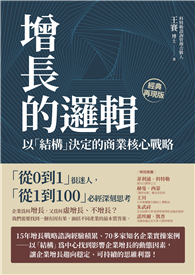"Reference Book of Tables and Formulas for Electric Railway Engineers" is a comprehensive resource compiled by Earle Abbott Merrill, likely intended for professionals and students in the late 19th century. This book provides a wealth of essential data, mathematical formulas, and tables tailored specifically for the design, construction, and operation of electric railways. Covering topics such as track geometry, electrical systems, and mechanical components, this reference book would have served as an indispensable tool for engineers working on the burgeoning electric railway systems of the era.
Although originally published in 1894, the fundamental engineering principles and mathematical relationships presented within remain relevant, offering insights into the historical development of railway technology and engineering practices. Modern readers interested in the history of technology, railway engineering, or electrical engineering will find this book a valuable resource for understanding the foundations upon which contemporary systems are built.
This work has been selected by scholars as being culturally important, and is part of the knowledge base of civilization as we know it. This work was reproduced from the original artifact, and remains as true to the original work as possible. Therefore, you will see the original copyright references, library stamps (as most of these works have been housed in our most important libraries around the world), and other notations in the work.
This work is in the public domain in the United States of America, and possibly other nations. Within the United States, you may freely copy and distribute this work, as no entity (individual or corporate) has a copyright on the body of the work.
As a reproduction of a historical artifact, this work may contain missing or blurred pages, poor pictures, errant marks, etc. Scholars believe, and we concur, that this work is important enough to be preserved, reproduced, and made generally available to the public. We appreciate your support of the preservation process, and thank you for being an important part of keeping this knowledge alive and relevant.











